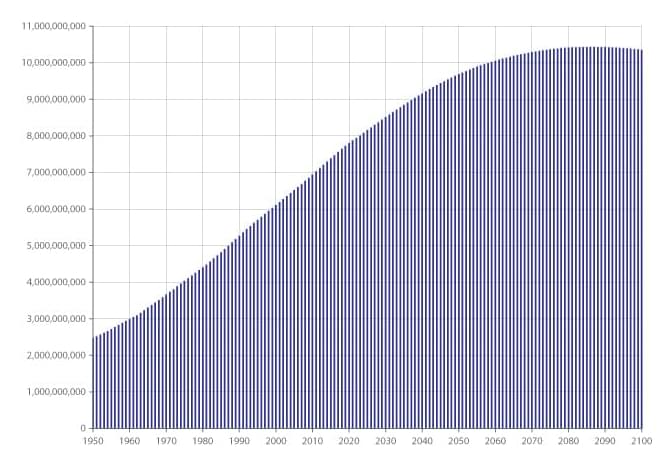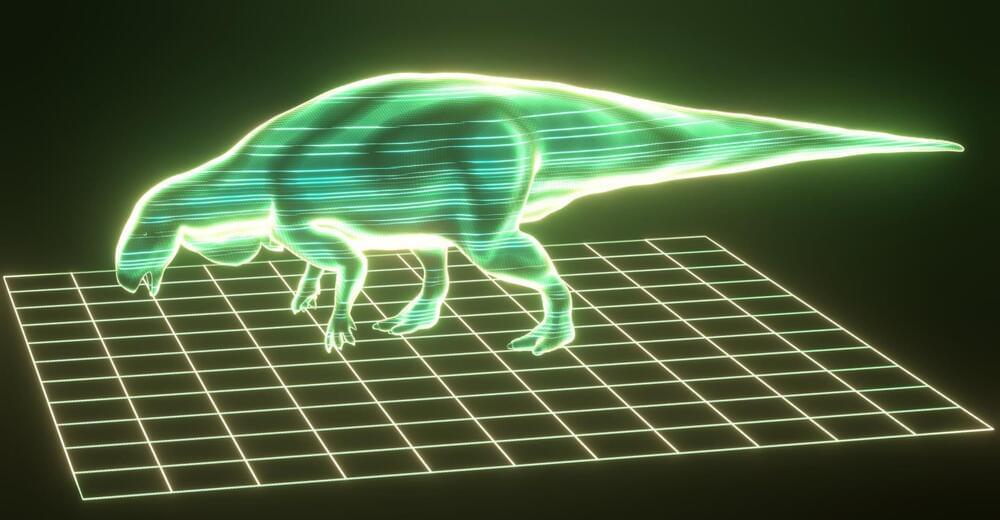It’s not really a Star Wars story unless there’s a lovable or memorable droid stealing the spotlight. But, when you really stop and think about it, there’s also something profoundly tragic about the role artificial lifeforms play in the Star Wars universe.
PATREON
Support this project on Patreon:
https://www.patreon.com/popdetective.
PAYPAL
Make a one-time donation via PayPal:
https://www.paypal.me/popdetective.
WISHLIST
Send research materials for video essays:
https://www.amazon.com/hz/wishlist/ls/VPZW4GU512ON?ref_=wl_s…atfound-20.
REFERENCES
• Race in American Science Fiction by Isiah Lavender III
https://www.goodreads.com/book/show/10364882-race-in-american-science-fiction.
• Imagining Slaves and Robots in Literature, Film, and Pop Culture by Gregory Jerome Hampton.
https://www.goodreads.com/book/show/26371201-imagining-slave…ar-culture.
• The Cambridge Companion to Slavery in American Literature (Chapter 15) Beyond the Borders of the Neo-Slave Narrative by Jeffrey Allen Tucker.
https://www.goodreads.com/book/show/39293853-the-cambridge-c…literature.
• Asimov on Science Fiction in Science Fiction Digest, October-November 1981
https://archive.org/details/sfdigest19811011
• Janelle Monae’s “Many Moons” music video.
NOVELS REFERENCED





